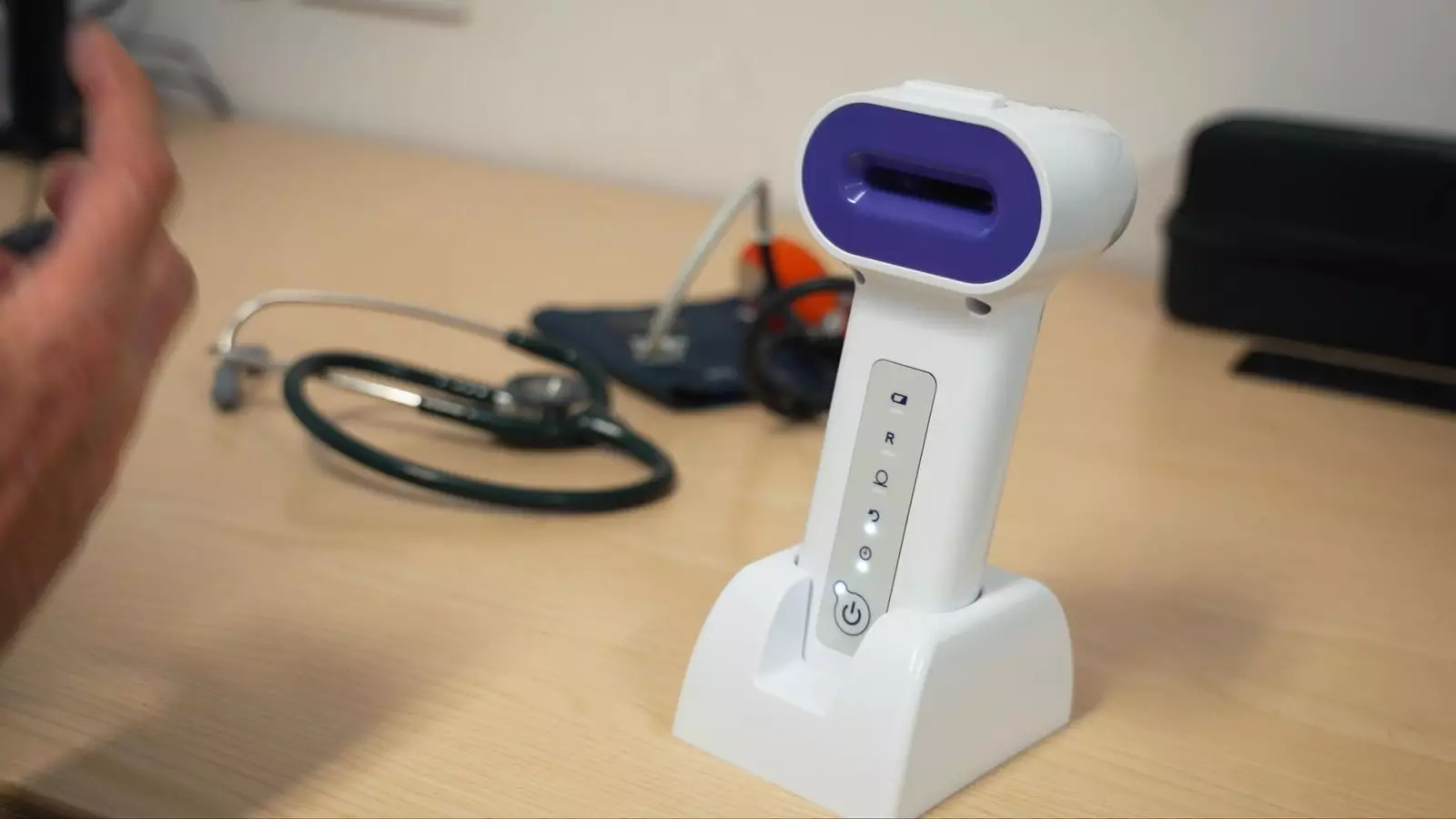Chronic obstructive pulmonary disease (COPD) is enveloped in a shroud of invisibility, impacting approximately 3 million individuals in the UK alone. Alarmingly, two-thirds of these people remain undiagnosed, setting the stage for escalating healthcare complications. Each year, COPD not only contributes to significant morbidity but also ranks as the second most prevalent cause of emergency hospital admissions. Imagine suffering from breathlessness and persistent coughing, yet unaware that these symptoms signal a chronic condition. This is the grim reality for many, illustrating the pressing need for enhanced diagnostic measures.
The Flaws of Conventional Testing
Historically, diagnosing COPD has relied heavily on a spirometry test. While vital, this method is time-consuming and often requires multiple visits to healthcare facilities, turning the journey to diagnosis into a burdensome expedition. Patients face long wait times and enduring procedures involving forced exhalation, which can take anywhere from half an hour to an hour. The inefficiencies are staggering, and with medical resources stretched thinner than ever, this model of care is unsustainable. Many patients, like Colin Best, recount exhausting experiences with repeated tests that contribute to a sense of frustration and helplessness. For too long, our healthcare system has leaned too heavily on antiquated methods that fail the patients they aim to serve.
AI: The Future of Rapid Diagnosis
Enter the N-Tidal Diagnose device, a handheld marvel that promises to revolutionize how we approach COPD diagnosis. In an astounding leap forward made possible by artificial intelligence, this device enables a diagnosis in as little as five minutes. Imagine walking into your doctor’s office, breathing normally into a small device, and receiving clarity about your health status almost instantly. Dr. Simon Rudland, a Suffolk GP, heralds this technology as “revolutionary” for good reason; it streamlines the diagnostic process in a manner that traditional methods simply cannot compete with. Not only does it eliminate the need for extensive training and specialized facilities, but it also mitigates the burdensome wait times that often frustrate both patients and practitioners.
A Transformative Approach to Patient Care
This new approach is not simply about speed; it’s about fundamentally altering the trajectory of patient care. By identifying COPD earlier, healthcare providers can initiate treatment plans that significantly improve long-term outcomes. The conventional adage “the sooner, the better” is especially poignant in addressing this chronic condition. Flare-ups can lead to serious hospital admissions, exacerbating an already-stretched healthcare system disproportionately affected by the needs of COPD patients. The N-Tidal Diagnose doesn’t just diagnose; it seeks to preemptively address a health crisis before it spirals out of control, representing an essential shift toward more proactive health management.
Real-World Implications and Future Directions
The implications of adopting this technology extend beyond mere convenience. With more than 2.5 million breathing samples analyzed to train the AI, the vast pool of data positions this diagnostic tool as a credible source in distinguishing COPD from other respiratory conditions like asthma and restrictive lung disease. This raises a crucial point: the accuracy afforded by such technology could help to untangle the web of misdiagnosis that plagues many patients. Dr. Ameera Patel, the CEO of TidalSense, emphasizes the speed at which healthcare staff can be trained to operate the device—just ten minutes. This kind of efficiency can drive a swift rollout in clinical settings across Europe, ultimately bridging the gap between patients and timely, precise diagnoses.
Investing in this technology holds promise not just in alleviating the burdens faced by the NHS, but also in enhancing the quality of life for millions affected by COPD. As we forge ahead into an era where AI reshapes healthcare landscapes, this device stands as a symbol of hope and advancement. Rather than merely responding to health crises, we can begin to anticipate and preempt them. The future of respiratory health may very well hinge on this remarkable innovation, embodying a paradigm shift toward seamless and swift patient care.

